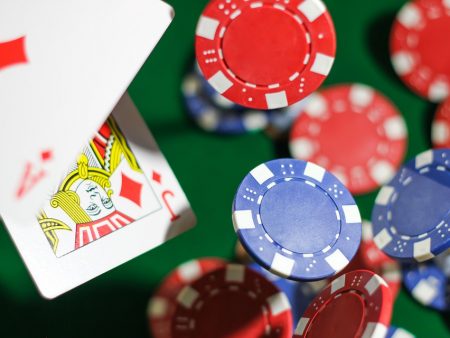

Equity is the term assigned to the probable value after running the same hand for infinite times. Probability theories consider calculated chances to the actual scenario where there is a repetitive event.
You can estimate your equity in poker by considering your winning probabilities and multiplying them with the pot value. There are two scenarios for this. One is when you currently have the best hand, and the other is its complete opposite. Let’s learn the mathematical interpretation of equity.
Calculating Equity Mathematically
Let’s consider the following events to determine the equity when you have an idea of the opposing hand:
A: You hit on the turn
B: You hit on the river
C: The opponent hits on the turn
D: The opponent hits on the river
In the case where the opponent takes a turn to hit, they defeat you. Thus, events “A and C” make you lose. On the occurrence of “A, B, and C”, you have the privilege to win. You hit on the river and beat your opponent here.
You can calculate the winning probabilities for these events by adding up the events. The minus (-) symbol shows negativity. As such, its mention symbolizes the non-occurrence of the events. Thus, in this case, you can combine the events like this:A * -C * -D + B * -D
To be more precise, let’s consider an example where you’re holding the cards “K Q” and the opposite party has “A A” on the board with “A 5 J”.
You’ll have seven turns till you hit a flush. This would be excluding J and 10, three to hit a straight, excluding 10 , and one to hit a royal flush. Therefore:A = 11/47 = 0.23
Next, let’s calculate the odds of hitting a flush or straight. We shall count 10 turns since 10 results in a royal flush.
B1 = 10/46 * (1- -A) = 0.17
Now, we take away the odds of the falling full house making the flush or straight meaningless:
B2 = 0.17 * 0.85 = 0.14
Nevertheless, you can put together the odds of the falling 10 that results in a royal flush:
B = 0.14 + 1/47 + 1/46 * (1-1/47) = 0.14 + 0.02 + 0.02 = 0.18
He is thus left with 7 out to improve, which are an ace, three fives, and three jacks. Therefore,-C = 1-7/47 = 0.85
The event of D suggests the non-occurrence of C and that the opposing party made an improvement. Therefore,D1 = 7/46 * (1-7/47) = 0.13
But the falling of the 10 should not have occurred on turns or rivers:D = 0.13 * 0.98 * 0.98 = 0.12
This transforms the event of -D:-D = 1-0.12 = 0.88
Let’s work on the numbers now:
- Turn hits: 0.23 * 0.85 * 0.88 = 0.17
- River hits: 0.18 * 0.88 = 0.16
Thus, the probability of you winning becomes 0.33, which is less than the usual approximate out-hitting of 0.48 (4 times the 12 outs).
The required equity is then 0.33 times the pot size or 33%.
Endnotes
This is a calculation made from one perspective. You’ll be able to calculate your equity complying to the game scenarios.








